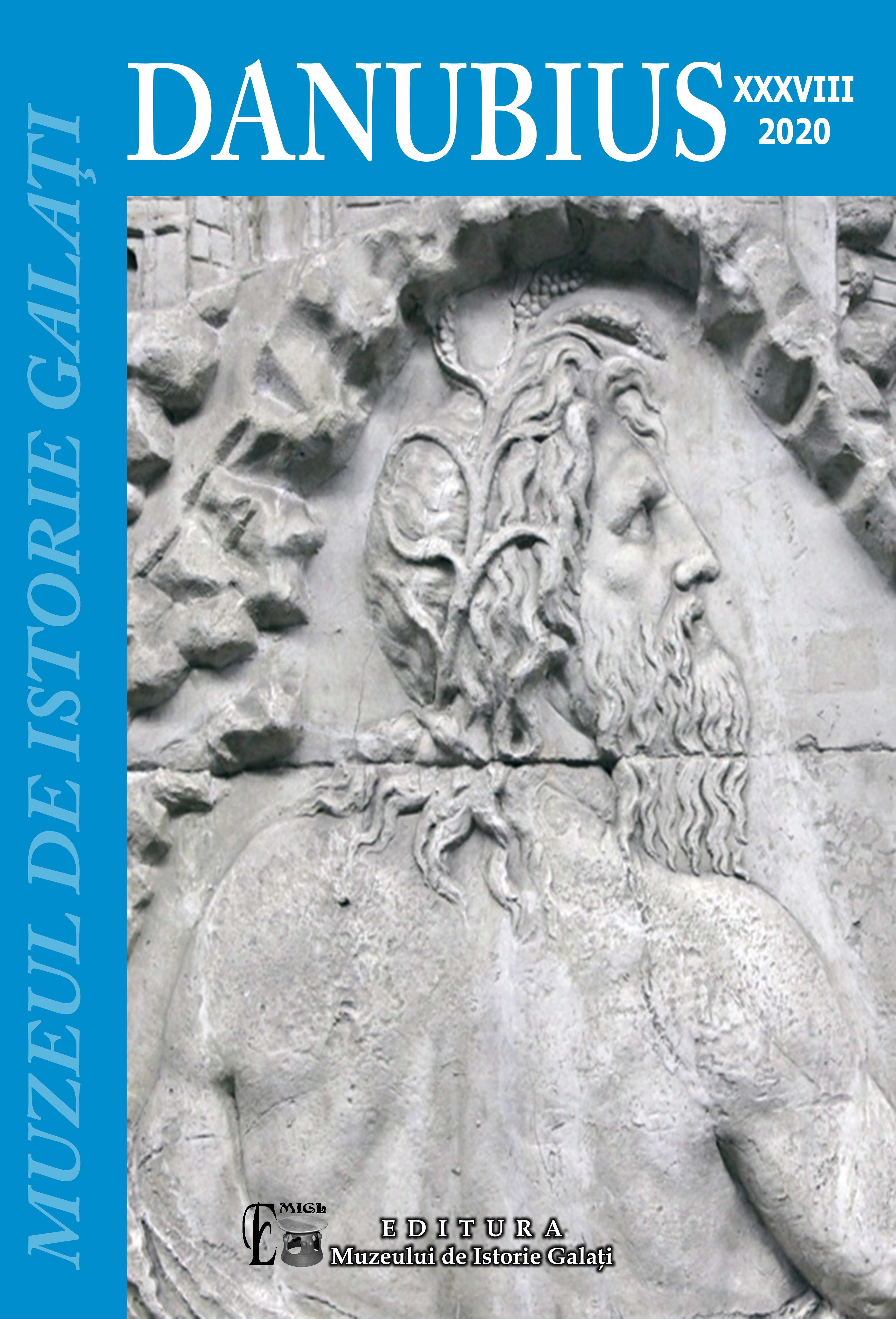Modernité et intemporalité chez Brâncuşi. Techniques, matériaux, socles
Modernity and Atemporality of the Art of Brâncuşi. Techniques, Materials, Socles
Author(s): Raluca Cristina DragomirSubject(s): History, Fine Arts / Performing Arts, Cultural history, Visual Arts, History of Art
Published by: Muzeul de Istorie „Paul Păltănea” Galaţi
Keywords: Constantin Brâncuşi; techniques; materials; socles;
Summary/Abstract: The desire to create a work that is both familiar and exotic, universal and timeless, manifests itself throughout the life of Brancusi, not only in his iconography but also in certain techniques that he appropriates: direct carving, polishing and light games, combinatory, asymmetry, stylization and kinetic art. The artist thinks that the material has a life of its own, a specificity that he must seek and understand in order to achieve unity with the form, considering in a certain way that the sculpture is already contained in the chosen material and that the artist has nothing else to do, but make it appear. Thus, the material contributes to the achievement of the form. With Brancusi, the structure of the socles highlights the spatial affirmation of the sculpture; it somehow protects it from the disorder, threats and arbitrariness of the real world. In this way, the socle serves as a support for the sculpture in a double sense: first of all it detaches it from the anonymous environment of the bodily world, and then it serves as a support for the attraction towards the freedom of a larger space.
Journal: Danubius
- Issue Year: XXXVIII/2020
- Issue No: 1
- Page Range: 545-558
- Page Count: 14
- Language: French

